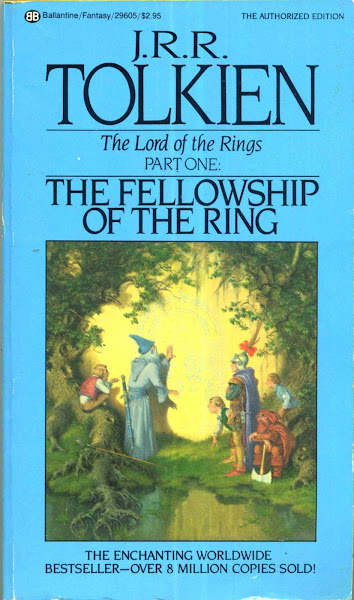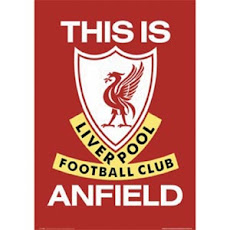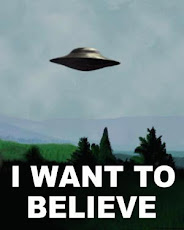This appears in the Monday July 23, 2012 edition of the Business Mirror.
A hall of
fame question
by rick olivares
Have you been to Cooperstown? That
sleepy upstate New York town where baseball’s Hall of Fame is located?
I have. Once you buck the five-hour
drive from Manhattan, the sense of anticipation is akin to going to a ball game
for the first time. Perhaps of all of America’s professional sports leagues, it
baseball where there’s an air of sentiment, romance, and even tradition. The
movies I loved while growing up – ‘A League of their Own’ and ‘Field of Dreams’
– come to mind. ‘A League of their Own’ was partially filmed in Cooperstown.
The Hall of Fame inspires both awe and
wonder. And to some extent controversy.
Cincinnati Reds shortstop Barry Larkin
and the late Chicago Cubs third baseman Ron Santo will be enshrined today in
Cooperstown, as the Baseball Hall of Fame is called for short. It is a fitting
honor considering that since 1869, more than 17,000 men have played
professional baseball and of that number only 297 have gained entrance into the
hallowed halls of Cooperstown.
The day will belong to Larkin and
Santo. Unfortunately, much of the talk surrounding this year is how next year’s
batch will include for the first time players who made a name for themselves
during the so-called “Steroid Era”.
That ballot will contain the name of
sluggers Barry Bonds and Sammy Sosa as well as pitcher Roger Clemens.
Deciding on whether or not they belong
in Cooperstown isn’t that simple. While the use of performance enhancing drugs
(PEDs) doesn’t guarantee that a juiced up batter will hit one out of the park
because it still requires hand-eye coordination and bat speed. However, it does
allow a player to hit the ball faster and harder or in the case of a pitcher,
throw the ball harder.
But I can’t believe the hypocrisy at
work here.
Despite the whispers about the widespread
use of PEDs, Major League Baseball did nothing during the years when players
were chasing Roger Maris’ home run record. Furthermore, baseball writers glorified
the players and the games and fans lapped it up.
In 1998, Mark McGwire and Sammy Sosa
waged a season-long duel in breaking Maris’ single-season home run record of 61
(perhaps the most hallowed of all of the sport’s) that captured the imagination
of sports fans everywhere (and this was the year where the Bill Clinton-Monica
Lewinsky scandal broke). McGwire hit for 70 while Sosa finished with 66. Then
three years later, Barry Bonds broke the record once more. And six years later,
he retired after also smashing Hank Aaron’s career record of 755 round trippers
with 762. And then the vilification came.
Sports journalist Bryant Gumbel
however makes a case for their inclusion: “If the voters are really so
obsessed with honoring guys with the numbers, they’d be wise to start
rethinking the exclusion of those megastars linked to steroids, and do it
quickly. Because the next Cooperstown ballot will, for the first time, include
among others, both the seven-time MVP Barry Bonds and the seven-time Cy Young
winner Roger Clemens. And while both men have a suspect past, it’s going to be
hard to argue they don’t deserve a bust in Cooperstown. After all, a hall of
fame that somehow excludes the game’s homerun king (Bonds) and its most honored pitcher (Clemens) and its all-time hits leader (Pete Rose who is banned forever for betting on baseball), would really be making a mockery of itself.”
Yet baseball’s Hall of Fame is hardly puritan.
The hall is located at allegedly the site where American Civil
War hero Abner Doubleday “invented” baseball. Doubleday, to his credit, never
made any such claims. It was Abraham Mills, the fourth president of the
National League, who declared such after a supposed study. That study has since
been debunked. Yet for years, Doubleday’s picture was in the Hall of Fame but
with hardly any reason.
Author Zev Chafets who wrote the 2007 book, ‘Heroes, Rogues, and
the Inside Story of the Baseball Hall of Fame” said that the hall included “a
convicted drug dealer, a reformed cokehead who narrowly beat a lifetime
suspension from baseball, a celebrated sex addict, an Elders of Zion conspiracy
nut, a pitcher who wrote a book about how he cheated his way into the hall, a
well-known and highly arrested drunk driver and a couple of nasty beanball
artists.”
And before the ‘character clause’ was added,
the hall also had several members of the Ku Klux Klan in immortals like Ty
Cobb, Rogers Hornsby, and Tris Speaker.
Some baseball writers argue that just
because previous generations of baseball writers (who vote for who goes to
Cooperstown) voted for some sleazy characters that doesn’t mean it will slide
under today’s watch. True enough but that doesn’t also explain why Roger Maris’
record of 61 home runs had an asterisk to it (those who placed the asterisk
justify that Maris played more games than the previous record holder who is the
‘sainted’ Babe Ruth). The game during Maris’ time was different from when Ty
Cobb first came in. And it is all the more different today with the influx of
many Latin players.
Can we make the assumption that in
hindsight and with a more worldly view, Maris’ achievements and career are
incredible athletic feats? Bonds, Sosa, and Clemens may not even make it on the
first ballot but maybe in the years to come they will.
It is only fair that Cooperstown
commission a study on whether those tainted by PEDs be included or not for the
voters’ future guidance because it is difficult to compare the various eras
that make up the sport’s history. Because anyone who gets in after this,
tainted or not, should have an asterisk next to their names as well because as
Gumbel put it, it becomes a joke when some of the best aren’t in there.










No comments:
Post a Comment